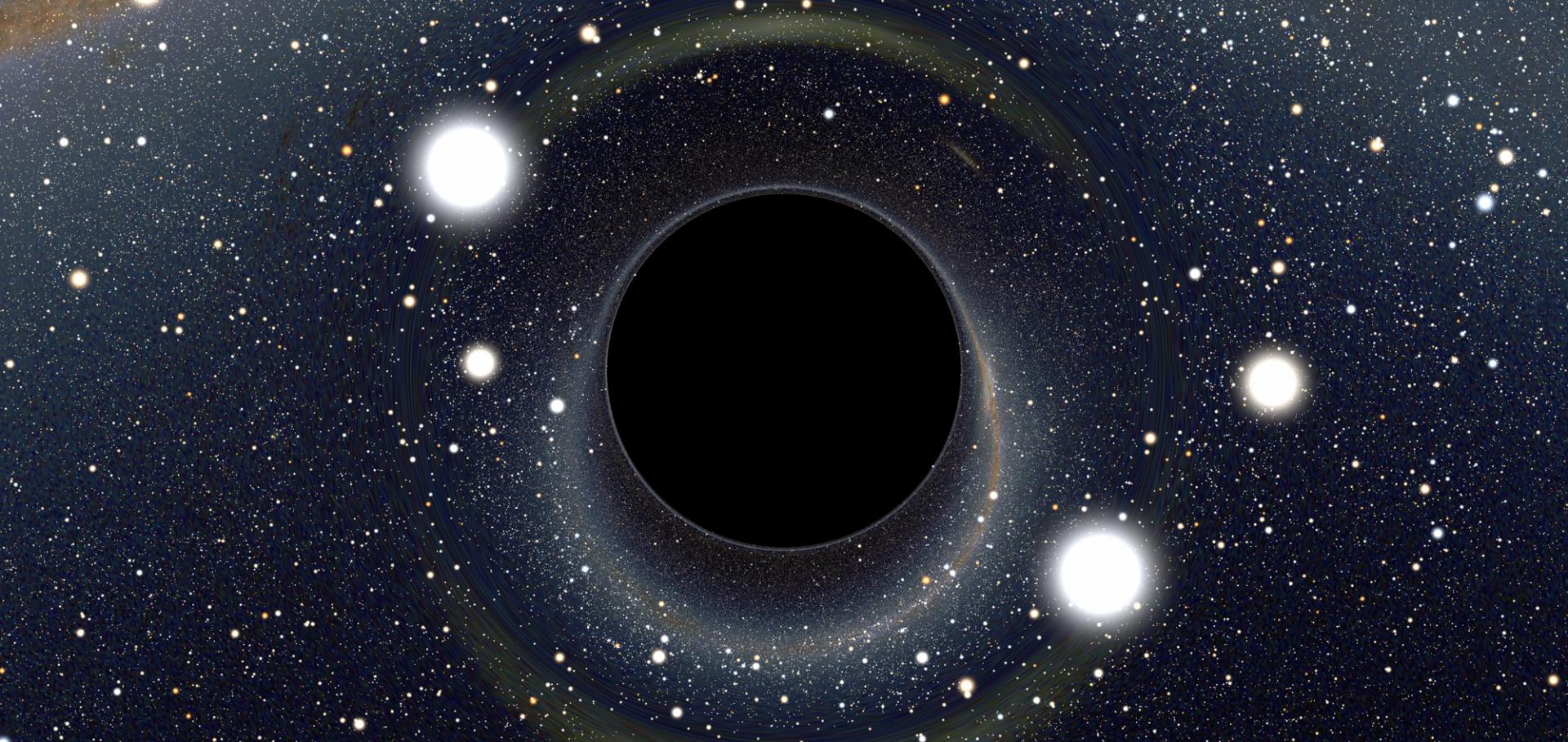Measuring the transition to homogeneity with photometric redshift surveys
(2013)
Precise measurement of the radial baryon acoustic oscillation scales in galaxy redshift surveys
Monthly Notices of the Royal Astronomical Society Oxford University Press 434:3 (2013) 2008-2019
Abstract:
In this paper, we present a new method to extract cosmological parameters using the radial scale of the baryon acoustic oscillations as a standard ruler in deep galaxy surveys. The method consists of an empirical parametrization of the radial two-point correlation function, which provides a robust and precise extraction of the sound horizon scale at the baryon drag epoch. Moreover, it uses data from galaxy surveys in a manner that is fully cosmology independent and therefore unbiased. A study of the main systematic errors and the validation of the method in cosmological simulations are also presented, showing that the measurement is limited only by cosmic variance. We then study the full information contained in the baryon acoustic oscillations, obtaining that the combination of the radial and angular determinations of this scale is a very sensitive probe of cosmological parameters, able to set strong constraints on the dark energy properties, even without combining it with any other probe. We compare the results obtained using this method with those from more traditional approaches, showing that the sensitivity to the cosmological parameters is of the same order, while the measurements use only observable quantities and are fully cosmology independent.Precise Measurement of the Radial Baryon Acoustic Oscillation Scales in Galaxy Redshift Surveys
(2012)
Halo abundances and shear in void models
Physics of the Dark Universe Elsevier 1:1-2 (2012) 24-31

